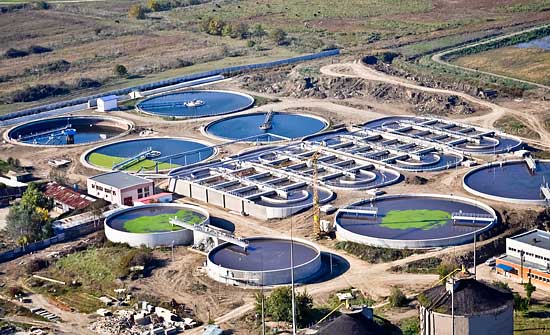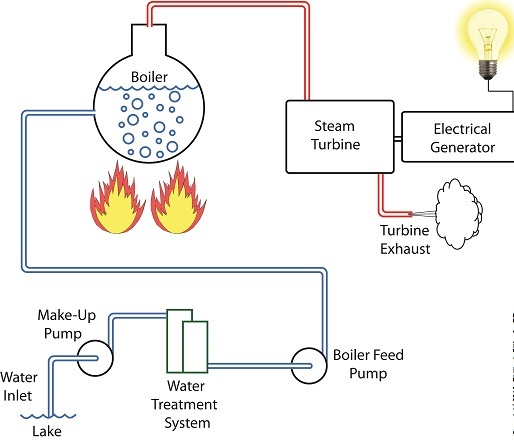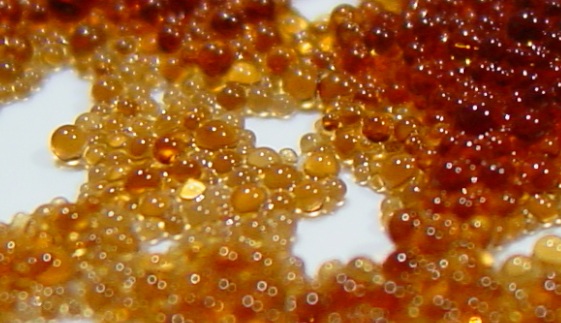Waste Water Treatment in Municipal Sewage Works

Municipal waste water is a term applied to the effluents which are
drained by sewerage systems and are treated in sewage treatment
works. According to the definition given by the International Public
Health Organization, municipal waters are spent waters flowing from
settlements and represent water-borne domestic refuse and pollutants
from houses, and commercial and industrial premises as well as
surface and ground waters that have entered the sewerage system.
Depending on the origin, type and quality characteristics of the
contaminants, waste waters can be subdivided into three
categories—domestic, industrial and run-off (atmospheric).
Traditionally the treatment of municipal waste waters is a
combination of physical and biological processes. The overall scheme
of treatment usually includes three main stages:
(1)
physical separation;
(2)
biological treatment; and,
(3) tertiary
polishing, which may be accomplished by physical, physico-chemical
or biological methods or some combination of these.
Urban waste waters – treatment for use in steam and power generation

Industrial Waste Management

We have provided consulting services to such water consuming industries as power generation, ferrous and nonferrous metal refining, and chemical, petrochemical, oil refining, and pulp and paper. These projects were focused on preventing pollution by wastewater by constructing closed systems in industrial plants based on the following principles: the need for an all-embracing water economy, including water supply, drainage and the treatment of wastes; the main use of treated industrial and municipal waste waters and surface drainage; regenerating spent process liquors and other waters in local treatment works; extracting and recovering valuable components during the processes of effluent treatment. Treating industrial wastewaters, in preference to discharging them into municipal sewers was challenging for these industries.
We have designed twin drainage systems for oil refineries to handle the various effluent and waste water streams. The primary drainage systems were used for draining and treating storm water and general industrial waste waters. The secondary systems were for draining and treating emulsions and chemically polluted wastes. These contained oil products, sulfur-bearing compounds, alkalis, salts and various other organic and inorganic reagents. We also provided consulting services to synthetic rubber, isoprene (produced by both condensation of isobutylene with formaldehyde and two-stage dehydration methods) and synthetic fatty acids manufacturers. We developed new multistage treatment schemes. This included a novel first stage where volatile organic components were neutralized with alkali, extracted and distilled. In the second stage the high molecular weight compounds were rectified. Finally, the effluent passed through a biological treatment process. Volatile hydrocarbons and organic compounds, which are largely unaffected by biochemical oxidation, were treated by sedimentation, treatment with ferrous sulfide and lime, and sorption on activated carbon. After this, the partially treated liquors were sent on for biological processing together with the other, less polluted, wastes from the mills. Treatment alternatives of the acidic waste waters from fatty acid production included extraction, ion exchange, adsorption and/or azeotropic and extractive rectification. The sodium sulfate was recovered from the sulfate wastes by recrystallization in spray dryers, amongst other processes. Granulated sodium sulfate was produced, containing 90% of the primary material. The fatty acids and aldehydes present underwent biological treatment as the final stage of processing.